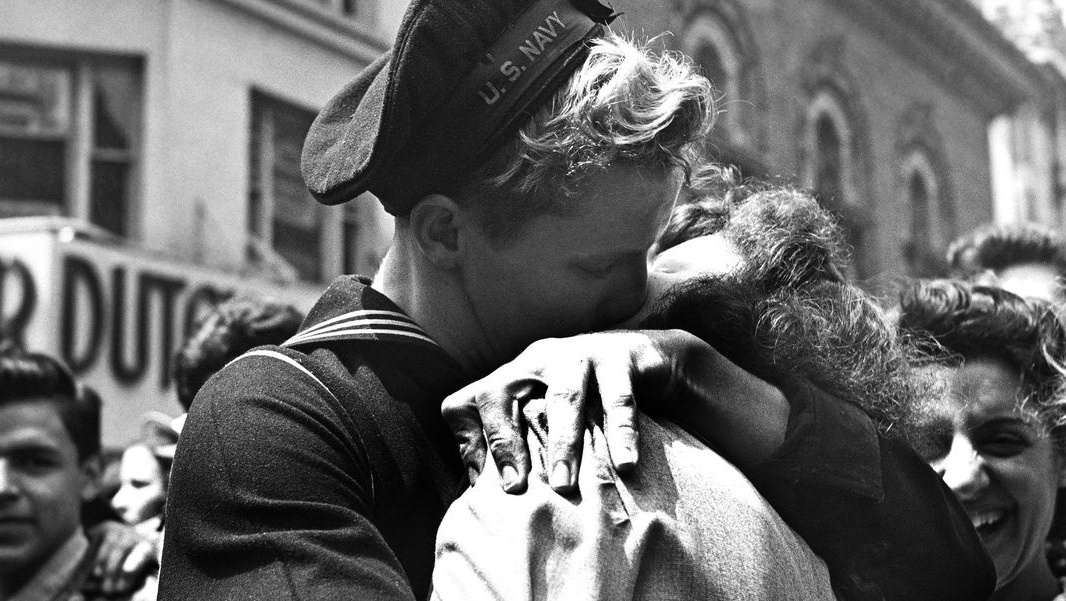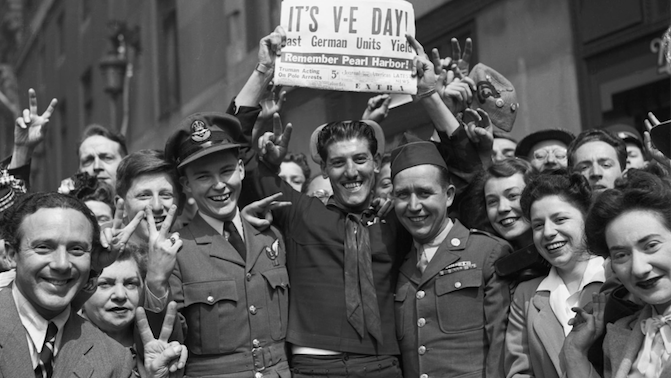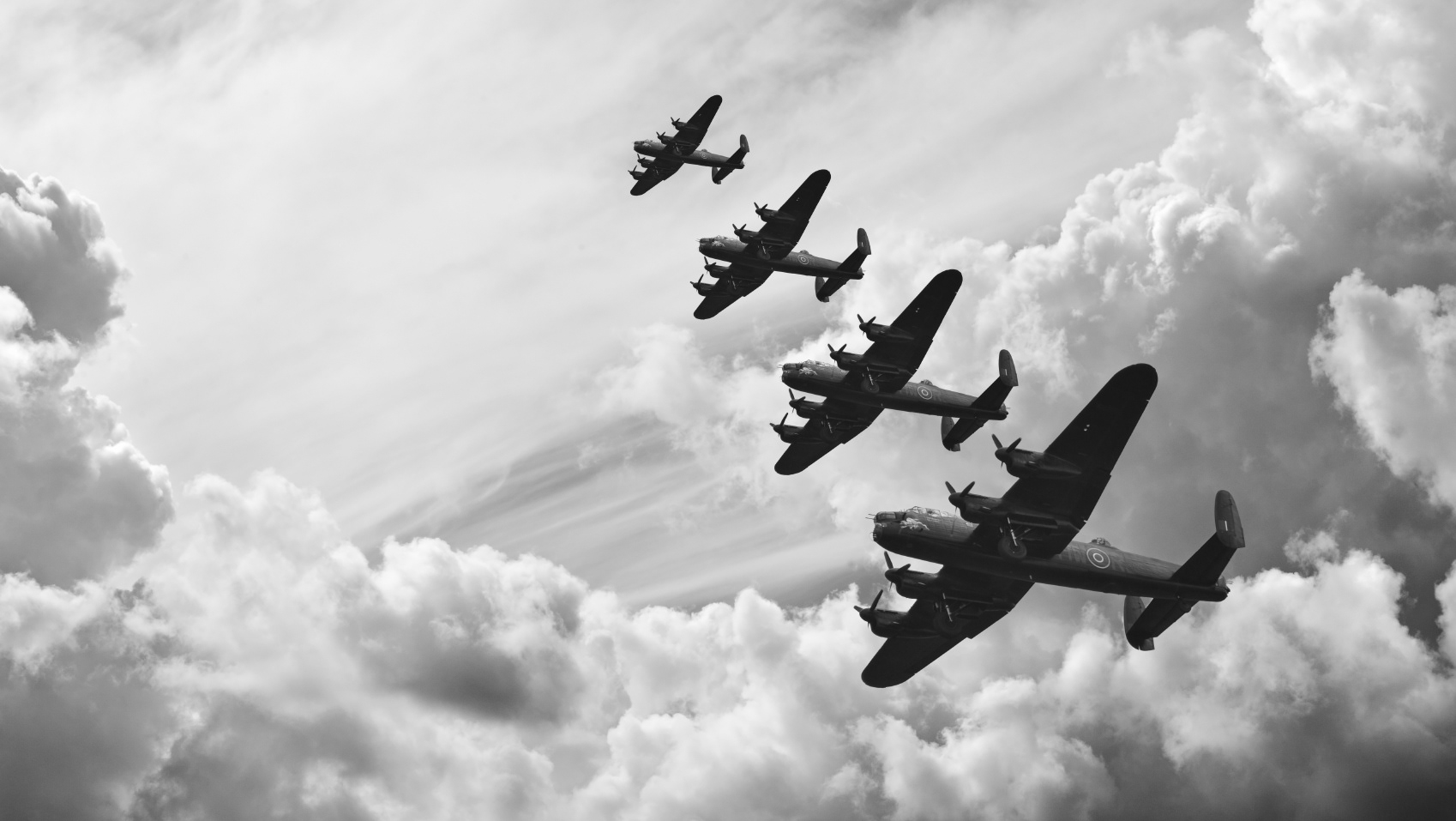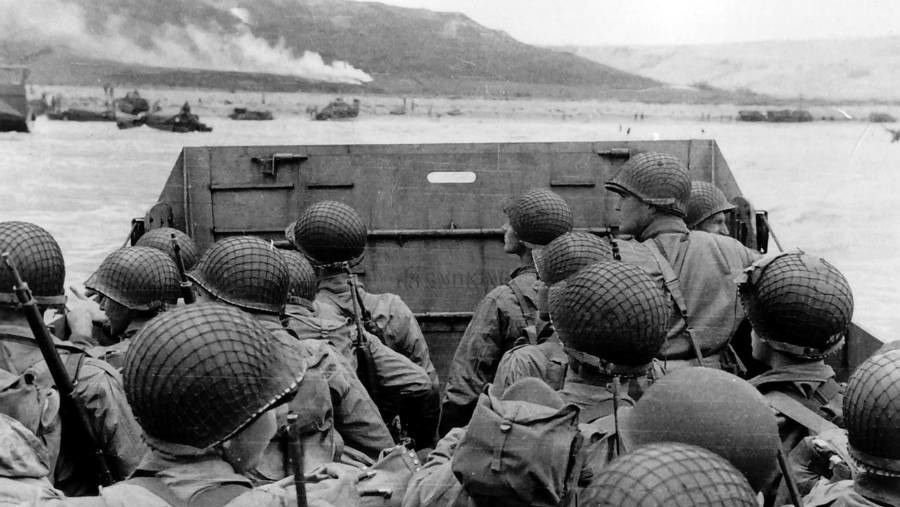Survivors of the war dealt with their mental stability in different ways, but an area rarely highlighted is the idea of postmodernism. This is the concept in which people used their experiences through art, whether through writing or painting. Art becomes more abstract, unique with more profound meanings behind it as there is more chaos in the world. Reality shifts as the war progressed with more gruesome dealings soldiers and civilians had to face.
As they expressed their emotions, there were two sides: whether they would write or speak the art of postmodernism through what was faced or how they would wish their lives were like, in other words, a fake reality. This is where the concept of “The Real” takes place. It is the baseline of an artist’s mind. Beyond language, it distinguishes the brutal reality from what they create. It is the mere facts of history, resisting symbolization--non-narrative, non-representational. It was their duty to distinguish between this and our narratives of history to prevent losing their reality.
“The Real” becomes detectable when confronting the cruel physical world. When facing the truth that immortality of the human body exists, it is impactful. History is not what physically hurts, and it is a traumatic force (Crosthwaite, 2016).
----
Zdzisdlaw Beksinski
Many artists arose in this time. They used different mediums to express their experiences differently, and with the progression of technology, it became things like videos and animations. But one artist who we would like to bring up is Zdzisdlaw Beksinski. He was a traditional artist, using mainly oil paints as his mediums on hardboard panels. He claimed that his paintings held no meaning and denied anyone who tried to put one to them, even if it wasn't deep. Yet, he was born in 1929, and Beksinski created much of his artwork in the 1960s through to the 1980s. That would place him as a Polish teenager when the Holocaust occurred (Culture.pl., 2015).
Furthermore, there is a reason why art is commonly used in therapy, significantly to help those who have PTSD. When someone goes through a traumatic experience, it affects the way they live and the way they think. When one is having a flashback into the traumatic events, the brain's prefrontal cortex tends to shut down, essentially shutting off reasoning. The Broca's area is located in the left frontal lobe and has been seen to shut down when confronted with trauma. Broca's area governs verbalization, and therefore in people with PTSD, they have trouble expressing their thoughts and feelings in words. Using art essentially bypasses this part of the brain (Newhouse, 2015).
Beksinski's paintings held no meaning. It was just the work of a man gripped by trauma, trying to find some comfort by emptying his demons onto his many canvases.
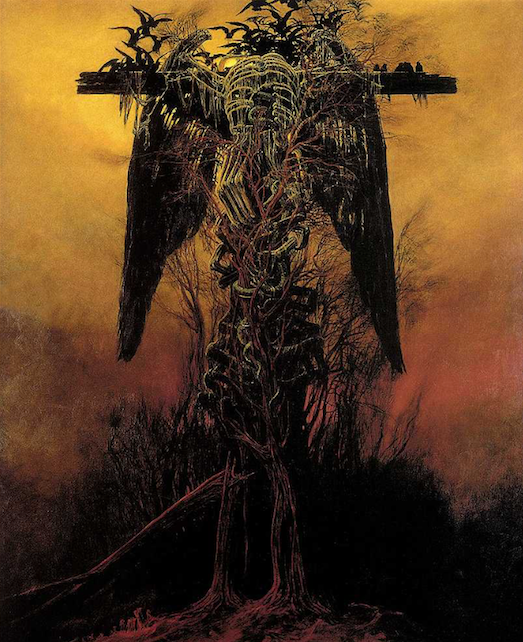
Artwork by Zdzisdlaw Beksinski (WikiArt, n.d.).
All pieces were untitled. Top left was created in 1976, top right in 1985, and bottom was not dated.
----
Yoko Ono
The second artist we would like to bring attention to is Yoko Ono. She was born in Japan in 1933 and was just a child during World War 2. After suffering through the violence and destruction, she and her family moved to New York City in the 1950s. Once there, she met up with artists and poets and visited galleries spurring her onto her artistic endeavors. She saw art as a verb, and thus it blurred the lines between the audience and piece, encouraging them to participate and interact with the other.
Throughout her career, she was an advocate for social justice, and her artworks revolved around that. One was called "Cut Piece," in which she, or another, would sit on stage with a pair of scissors in front of her. Yoko Ono would be in a black suit sitting motionlessly when a voice would sound, calling for the audience to cut off a piece of her clothing. At first, they would be hesitant but would soon grow more comfortable as they saw others do it. It spoke on the violence that came with animalistic group behavior, the harm viewing without responsibility can do to the perceived.
Yoko Ono is an example of how people can grow past their trauma. Instead of using art as simply a form of expression, she used it as a tool to challenge the viewers' perception. Even today, she remains in support of a program to end child hunger, for she remembers the struggles she faced during the bombing in Japan (Cunningham, 2021).
"Cut Piece," by Yoko Ono (Cunningham, 2021)
